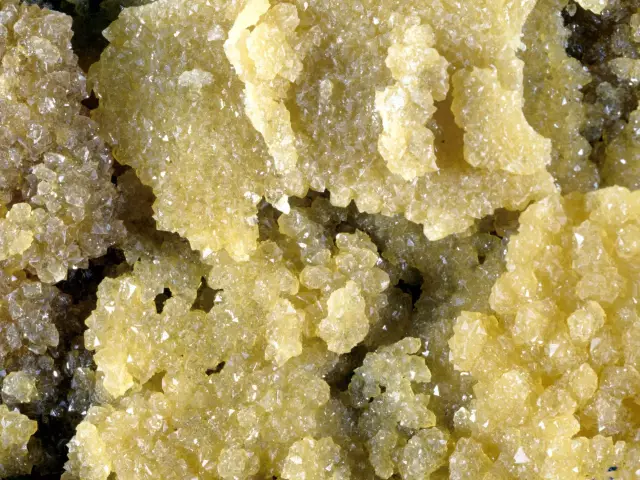Wine Storage

The best way to store wine is in a cool, damp cellar, which is preferably odorless, dark and free of vibrations. An average temperature of 10 - 12 ° C is ideal for wine storage.
And when do you enjoy which wine?
For the professional, a temperature controlled wine cabinet that simulates the optimal conditions of the wine cellar, is recommended as an alternative.
If you don't have such ideal conditions, you don't have to do without a small wine supply. A cool place in the apartment, where the temperatures do not fluctuate too much, also suffices. Often this is the bedroom, even if this sounds strange at first. There is always a place under the bed for a few bottles of good wine. Basically, the higher the ambient temperature, the faster the wine matures, so permanent temperatures above 20 ° C are to be avoided if possible, as are strong smells or exposure to light.
Wine closures determine the type of storage
For long-term storage, wines that are closed with corks should be kept lying down so that the cork does not dry out and shrink. Additional protection for premium wines is provided by sealing the cork with a special sealing wax. Cork-sealed wines that are intended to be consumed within 1 - 2 years can also be stored upright, as the moisture from inside the bottle keeps the cork sufficiently moist.
Wines with plastic corks, screw caps, bottle caps or glass caps can be safely stored upright.
Potential for aging increases with quality
Every wine is individual, therefore life expectancy differs. In general, however, it can be said that the higher the alcohol, sweetness, acidity and - in the case of red wine - tannins, the longer the wines can age. It depends on the sum of these components. This means that noble sweet wines such as Trockenbeerenauslesen or ice wines, which have a fresh acidity and sufficient alcohol content, can be stored for 20 years or even longer. They often attain their full maturity and elegance after aging for several years so make exceptional gifts for very special occasions, such as weddings. It can be memorable to enjoy a wine from your year of birth.
Premium red wines with a high tannin content and 13% or more alcohol volume can also remain stable for decades, especially if they are also aged in barrels. Basic quality dry wines should be drunk within 3 years. In the premium range, 5-10 years are not a problem for dry wines. With Spätlesen and Auslesen wines, especially of the more acidic Riesling variety, the wine can be stored a little longer.
Sparkling wine tastes best fresh. Branded sparkling wines should be bought as soon as possible before consumption and stored for a maximum of one year. Winzersekt, made with the traditional bottle fermentaion, can tolerate 2-3 years of storage. Rosé and Weißherbst taste best when drunk young, because the pronounced fruit flavors come to the fore most clearly in the first few years. They are rarely intended for long storage, so they should be consumed within 1-2 years.
When buying wines that are intended for a longer storage, it is advisable to buy a little more because it is extremely exciting to repeatedly try the same wine every few years and follow its maturity. With this in mind, the rule of thumb is to store 3x30 bottles of wine rather than 30x3 bottles. For many wine connoisseurs, choosing the time of perfect maturity and then drinking the wine at its peak on a special occasion is the greatest joy. However, it also requires a little practice and you should also seek the advice of experts or the winemaker from whom the wine was bought. Specialist books or special wine seminars on the subject are also helpful.
From which century is the oldest still liquid wine in the world?
The oldest still liquid wine dates back to the 4th century. The bottle was discovered in a grave in 1867 and can now be seen in the Historical Museum of the Palatinate in Speyer.






